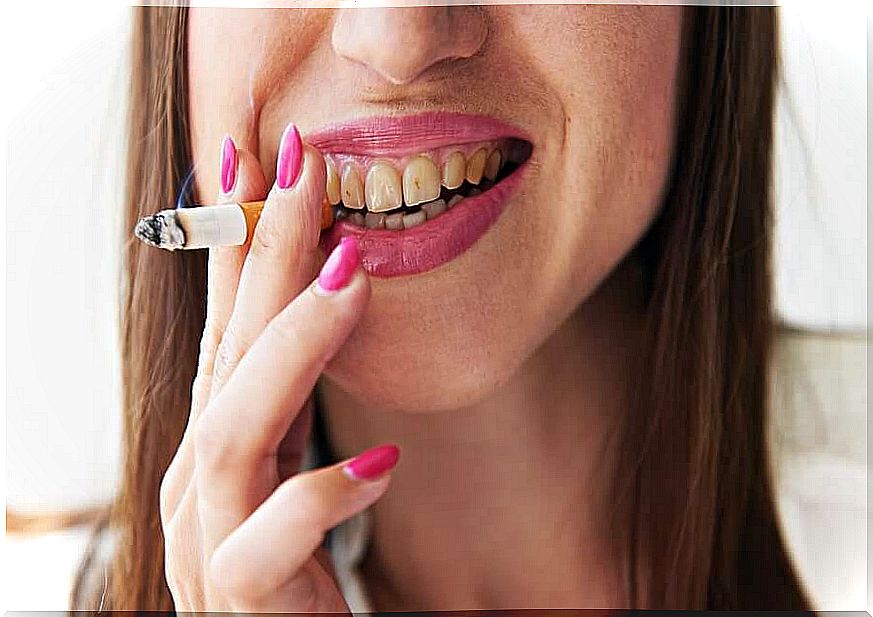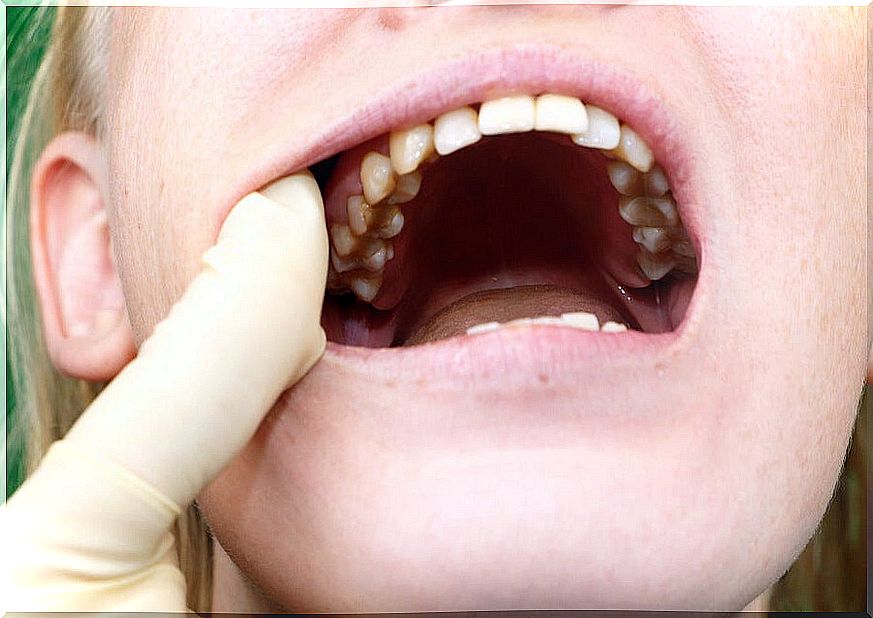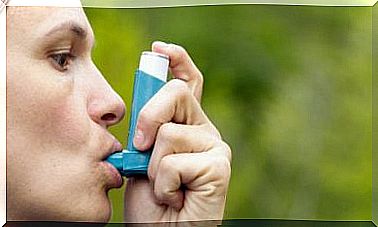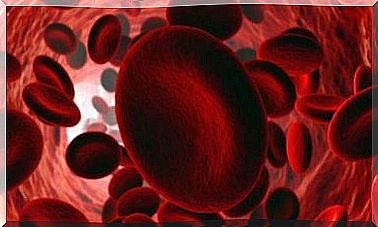Smoking Damage To The Mouth And How To Prevent It

When smoking, the mouth is obviously the first part of the body that comes into contact with the smoke. It is precisely here that the manifestations will be most evident. The damage of smoking to the oral cavity is numerous.
The dentist is able to understand with the naked eye, from the state of the teeth, whether the patient is a smoker or not. One of its main objectives is to prevent or reduce, as far as possible, the damage of smoking to the oral cavity of its patients.
Damage to the mouth by smoking
The effects of oral damage in smokers can vary from person to person. However, generally there are disorders that, in addition to aesthetics, also compromise the patient’s state of health. Below, you will find the most important:
- Stains and pigmentation on the surface of the teeth.
- Skin wrinkles.
- Halitosis.
- Reduced taste capacity.
- Delays in wound healing.
- Increased risk of periodontitis and gingivitis.
- Problems in osseointegration of dental implants.
- Exponential increase in the risk of mouth cancer. The risk decreases significantly 5 to 10 years after quitting smoking. The proven synergistic effect of quitting smoking is worth taking seriously
- Increased risk of oral candidiasis.
- Spots on the cheeks, gums and palate.
- Alterations in the composition and quantity of saliva produced.
1. Harm of smoking and aesthetics

Most smokers have yellowish or brownish spots on their teeth, dentures, and fillings. Such stains can be removed with ultrasonic cleaning. Unsightly brown spots on the gums can also occur.
2. Taste and smell
In smokers, taste and smell tend to be less developed. A smoker needs a quantity of salt of 12 – 14 times higher than the norm to be able to perceive the food as salty.
3. Healing of wounds
A study published in the Journal of Wound Ostomy & Continence Nursing puts smoking in direct relation to delayed wound healing, increased post-operative pain and increased risk of infections. This is because smoking produces vasoconstriction, reducing the blood supply to the wound.
4. Periodontal diseases among the main damages of smoking to the oral cavity
Smoking patients have a high risk of periodontitis due to bone loss and increased depth of periodontal pockets. A smoker is more likely to lose more teeth. Although undergoing treatment, the smoker patient’s response to treatment is lower than that of a non-smoker.
5. Smoking damage to the oral cavity and dental implants
Smoking seriously affects the success of treatments with dental implants, both in the short term with regard to the integration of the implant into the bone, and in the long term by reducing the average life of the same. Patients who quit smoking one week before implantation or eight weeks later have the same risk of failure as non-smoking patients.
6. Mouth cancer

The relationship between smoking and mouth cancer is scientifically proven. The incidence of this type of cancer is higher in men. The joint consumption of alcohol and tobacco increases the risk exponentially.
7. Smoker’s melanosis
Smoking pigments the oral mucosa and gums, causing brown spots to form. These pigmentations are not malignant and disappear about a year after quitting smoking.
8. Effects on saliva
Smokers’ saliva contains substances found in tobacco smoke that are potentially carcinogenic, as highlighted in a publication in the Journal of Dentistry . A higher concentration of caries predisposing bacteria, such as S. mutans, has also been observed .
9. Caries
There is a direct relationship between smoking and tooth loss. This relationship lies in periodontitis and in the increase of cariogenic bacteria in saliva, which increase the general risk of caries.
Harm of smoking to the oral cavity at a glance …
Smoking causes numerous damage to the oral cavity, without forgetting the most serious disorders and diseases, such as lung cancer, pulmonary emphysema, aneurysm, heart attack and so on.
In addition to the addiction and harm that passive smoking causes on others, it is scientifically proven that it increases the risk of mouth cancer, oral injuries and periodontal disease.
Prevention is the best strategy to avoid all these problems, so don’t smoke and help those who are already addicted to quit smoking.









